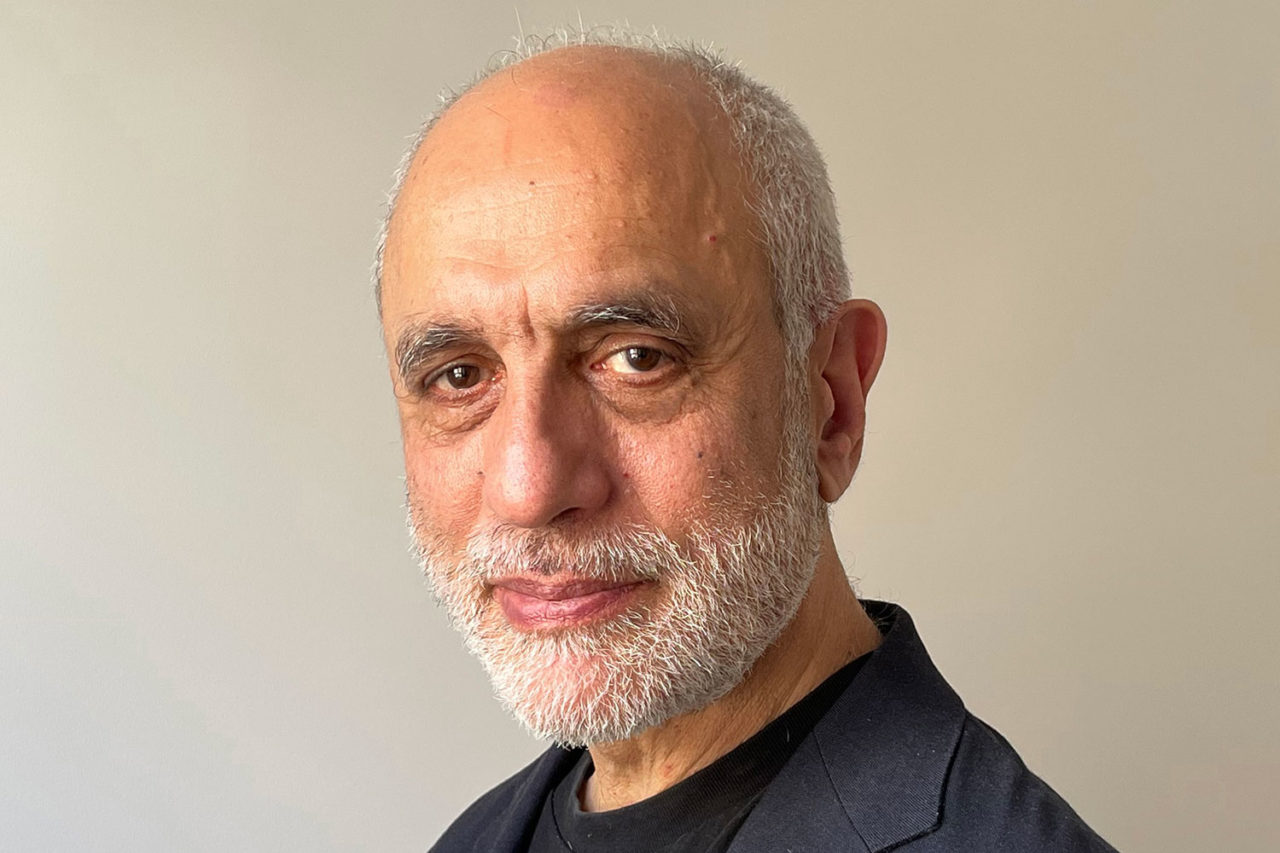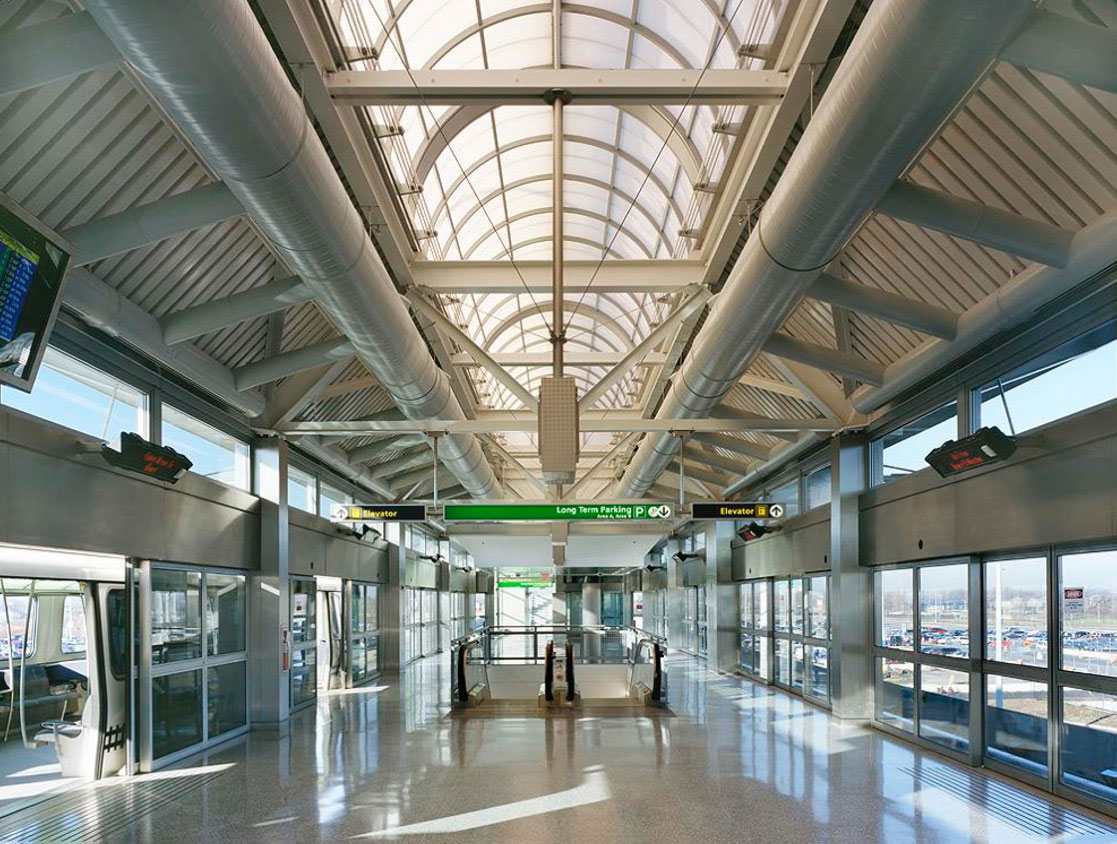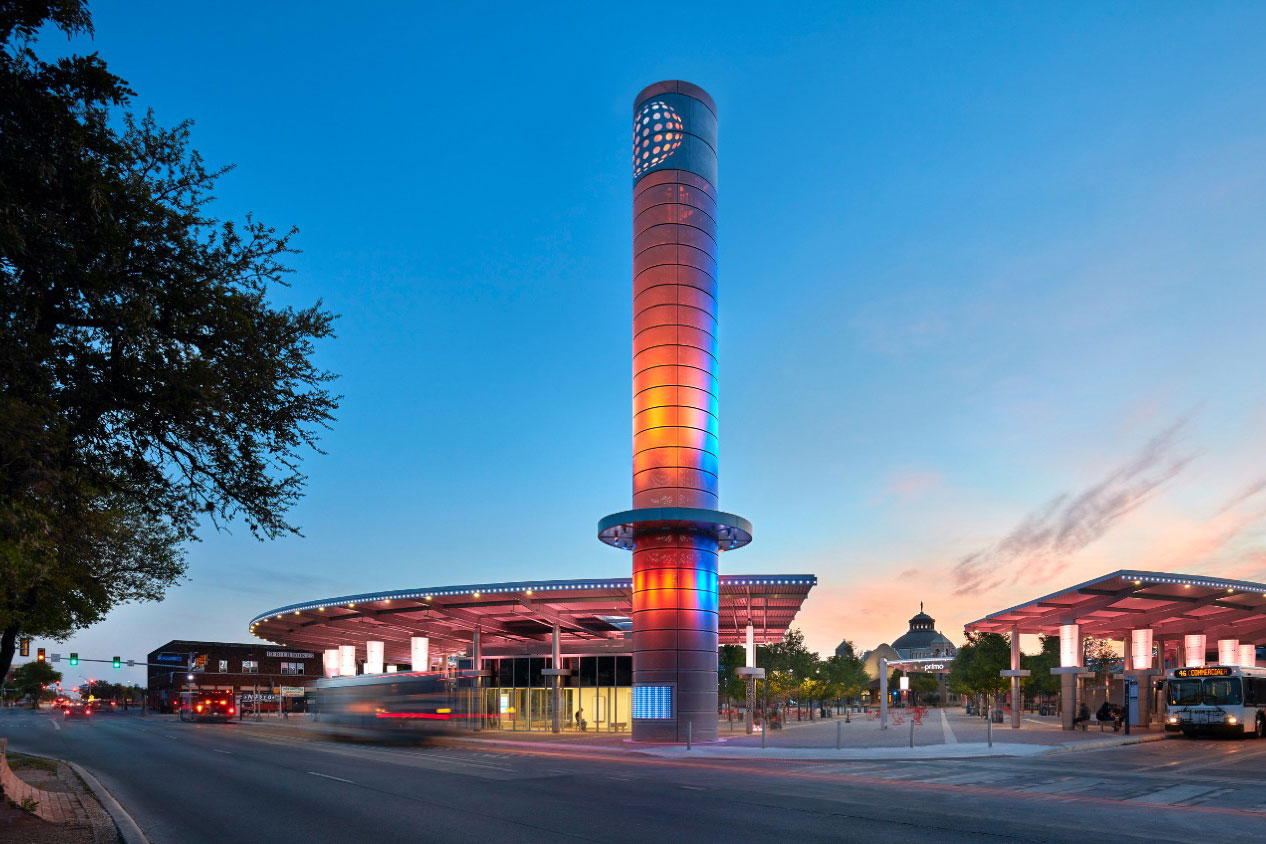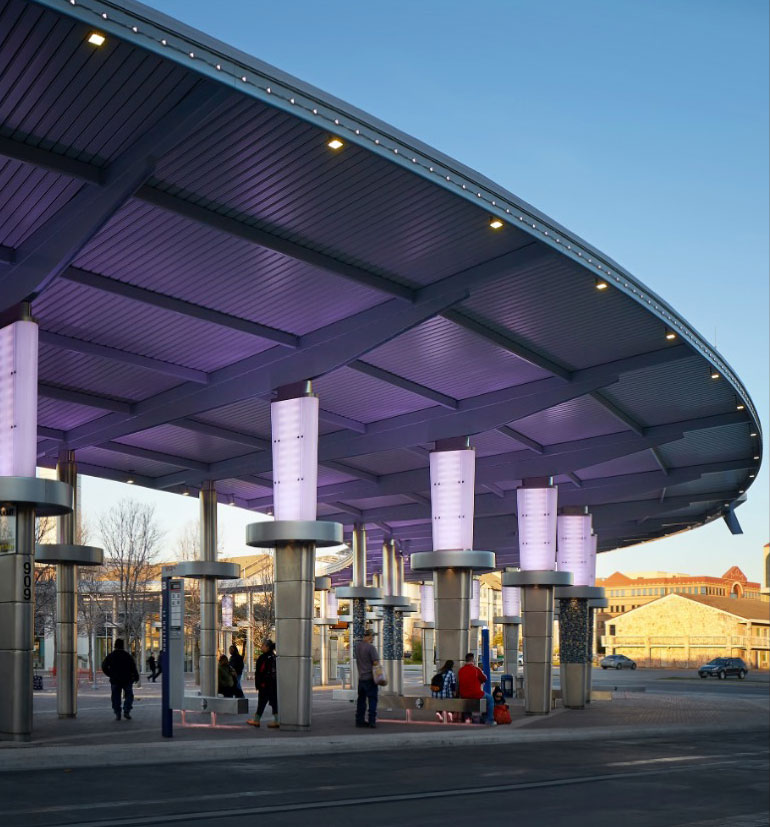by: AIA New York
Jonathan J. Cohn, FAIA, LEED AP conceives, plans, designs, and implements transformative public transportation and infrastructure. A national advocate for quality public places, his work elevates both transit users and associated communities, making cities more successful, resilient, and equitable.
Cohn leads the Transportation Architecture practice at AECOM in New York City. As a Studio Director, Senior Designer, and Project Director, he has been responsible for the planning, design, and implementation of a wide range of transportation-related buildings and places. His focus on the potential of public transit to make cities more accessible, resilient, and equitable, along with an approach that privileges the public realm and associated communities, has resulted in highly acclaimed, award-winning, state-of-the-art designs. Cohn is a registered architect in the State of New York, a LEED Certified Professional, and is active in the professional community.
This year, the Jury of Fellows of the AIA elevated Cohn to its prestigious College of Fellows in the second category of Fellowship, which recognizes architects who have made efforts “To advance the science and art of planning and building by advancing the standards of practice,” according to the organization’s definition. Only three percent of the AIA’s membership is distinguished with Fellowship. Cohn’s distinction was celebrated at the AIA Conference on Architecture in Chicago, and in two receptions at AIA New York’s Center for Architecture.
Q: What is influencing your work the most right now?
The focus of my work is on public infrastructure and its ability to form or contribute to public places—places that make cities more successful, more accessible, more equitable, and more resilient. I’m paying a lot of attention to the discussions around public transportation and how it influences the development of cities, and is, in-turn, influenced by cities. Architects have a unique role to play in this dialogue. Sources of influence for me are largely other successful places—built precedents that are products of the specific conditions of their site, cultures, topography and climate, places that support unique, real-life, full-scale, meaningful experiences.
Q: What has been particularly challenging in your recent work?
The transportation and public realm focus of my work is only possible with the support and involvement of large teams and supportive communities. It is often a challenge to identify the common ground that will support the implementation of a large-scale plan. But developing consensus among all stake-holders is key to moving forward. We have found that when team members and stake-holders work together on the initial analysis of the purpose and context of a project, really drilling down into the details, a shared understanding of the project’s direction can develop.
Q: What do you see as an architect’s role—and responsibility—within our culture?
In our projects, the architect’s role is to identify and give voice to the full range of stake-holders that have information that should inform the project, and to organize it and synthesize it to provide places that are imbued with meaning. I’m so thankful that I’ve had the opportunity to contribute by leading large projects that have made a real difference in cities—I hope these places, through our efforts, are indeed more successful, more resilient and sustainable, and, by providing everyone quick and efficient access to the resources of the city, from jobs to housing to cultural institutions and education opportunities, more equitable.
Q: What do you think are the biggest challenges, or opportunities, facing cities today?
I think the challenges of cities are two-fold: to be successful, and to be equitable. For both, architects have a critical role to play. By focusing on the public realm, we can contribute to a more successful city. And by making public transportation central to the public realm, we can ensure that the resources of the city are accessible to all. Rather than Transit Oriented Development, I think of this work as community-development oriented transit: designing infrastructure and the public realm together to make cities more successful, more resilient.
JFK AirTrain was the first major transportation infrastructure project to be fully implemented in New York in many decades, and stood as an example, as I think it still does, of how a system focused on an elevated user experience can gain the support required to implement it. That, along with the goal of taking cars off the streets and the associated knock-on effects, strengthened my resolve to focus on public infrastructure as something we architects can contribute to, from planning to implementation, that makes a real difference in cities.
Q: What are your greatest sources of inspiration?
This work has naturally led to an interest in transforming the public transportation infrastructure beyond trains: to privileging the pedestrian experience of the streets themselves. Public places that support a range of activities throughout the day and in all seasons are incredibly inspiring. In the historic trajectory of the city, the era of conceding so much public space to the private automobile is but a blip. Projects that engage in a public dialogue about the re-envisioning of transportation and the public realm, including post-Covid, can begin to suggest a transformation of our cities to make them more successful, more resilient, and more equitable. In these efforts we’re motivated and honored to be able to play a role, however small, in repairing the world. We don’t want to return to normal; we envision a better normal.
Editors’ Note: This feature is part of a series celebrating the members of the American Institute of Architects (AIA) New York Chapter who are elevated each year to the AIA College of Fellows, an honor awarded to members who have made significant contributions to both the profession and society. Learn more about Fellowship here.













